The political storm that swept Indian politics in the 1990s consolidated the post-Congress polity, a condition in which the Indian National Congress was no longer in a position to set the national agenda and ceased to be the central pole against which all other political parties were arrayed. Ever since, the states have emerged as the principal domain where electoral contests are fought, lost, and won. Focusing on electoral outcomes in twenty-four states between 2008 and 2013, this volume explores the complex dynamics of India’s electoral politics.
The post-2008 phase is crucial as it saw the Congress adapt itself to the compulsions of coalition politics and survive as one of the competitors in the electoral arena—contrary to its erstwhile infallible standing. Focusing on both Parliamentary elections of 2009 and the Assembly elections in each state during the period, this book investigates how the two impact each other, and the broader patterns that emerge from their interaction. The state-specific accounts show that over the past few years the unsettling features of the post-Congress polity have waned leading to a condition which may be termed as normalization of the electoral competition.
With the aid of rich post-election surveys, this work outlines the socio-economic features, political manoeuvres, and political causality that are manifest in the various patterns of party competition across Indian states.

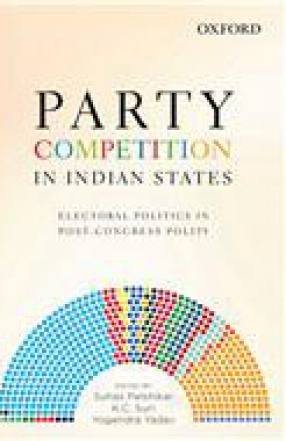
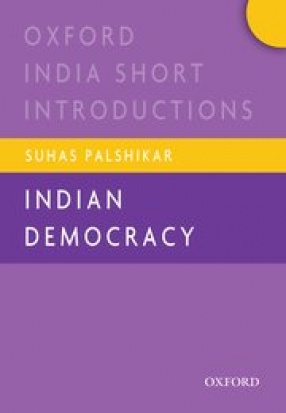
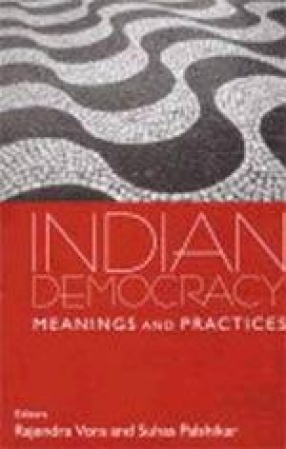

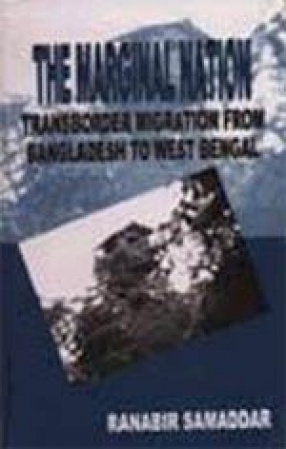
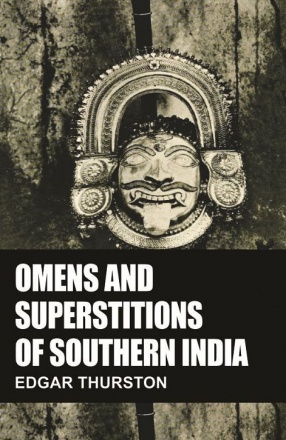
There are no reviews yet.